Exhibition
April 2017 - March 2018
-
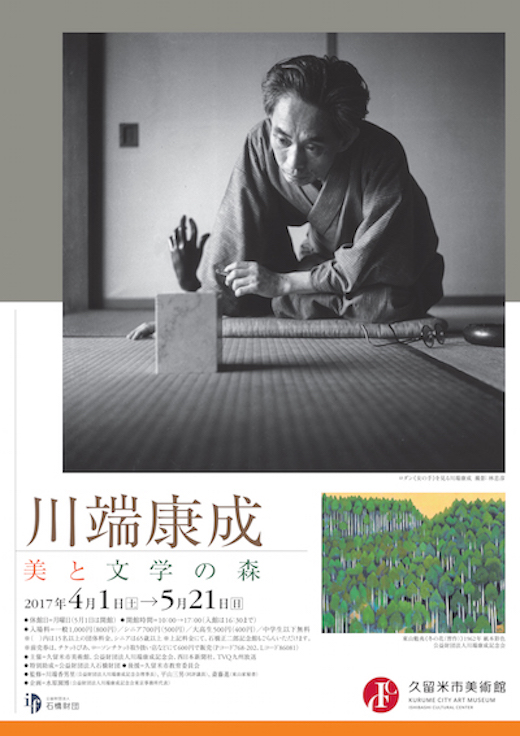
Kawabata Yasunari: A Forest of Beauty and Literature2017.04.01(Sat)-2017.05.21(Sun)
Kawabata Yasunari (1899-1972), who wrote masterpieces such as The Dancing Girl of Izu and Snow Country and became the first Japanese to be awarded the Nobel Prize for Literature, was well versed in art and was also an avid collector. His collection spans a variety of genres such as oil painting, Japanese-style painting, and crafts and broad-ranging eras from works by contemporary artists to the Jomon period.
In this exhibition, besides introducing Kawabata’s own collection, we shall focus on his friendship with artists including Koga Harue and Higashiyama Kaii and the artists and works that appear in Kawabata’s literature. We hope you will be able to experience how art and literature corresponded within a single writer. -
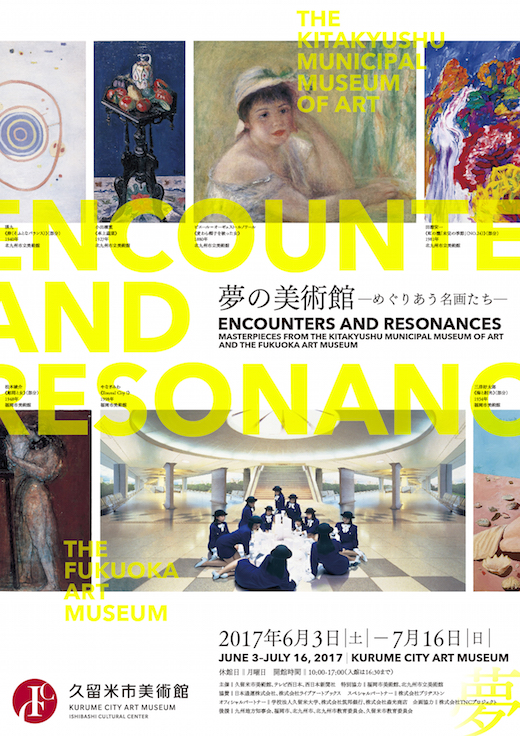
Encounters and Resonances: Masterpieces from the Kitakyushu Municipal Museum of Art and the Fukuoka Art Museum2017.06.03(Sat)-2017.07.16(Sun)
Kitakyushu Municipal Museum of Art appeared as a nationwide pioneer of public art museums on the top of a hill on the boundary between the present Tobata-ku and Yahata-ku in 1974. Five years later, Fukuoka Art Museum opened in Ohori Koen, a park for citizens to relax in the center of the city. Ever since, these two museums have continued to lead the history of art in Fukuoka by competing with each other in individuality.
This exhibition is realized while the two museums undergo renovation. Major works from the two museums which are, in a sense, normally rivals are gathered to form an indeed “dreamlike” museum where you can enjoy works from French Impressionism to contemporary Japanese and foreign art. -
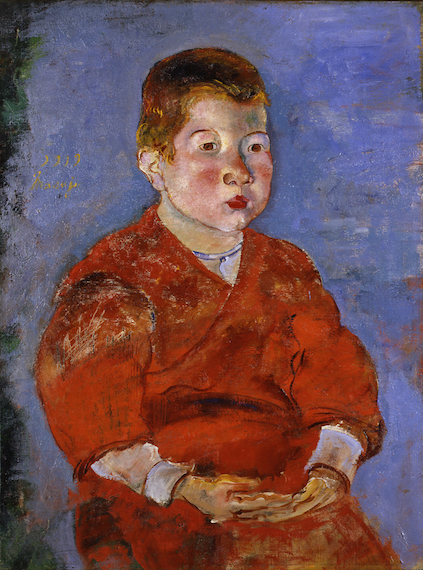
Gaze: Works from the Bridgestone Museum of Art2017.07.29(sat) - 2017.11.05(Sun)
This exhibition is planned by the Bridgestone Museum of Art in Tokyo. Works that painters and sculptors created by gazing sometimes sternly, sometimes distressfully, sometimes happily, and sometimes quietly are introduced in six groups, “Figures,” “Nature,” “Horses,” “Still Lifes,” “Cities,” and “Invisible Things.”
Approximately 120 choice masterpieces from the Ishibashi Foundation Collection, which spans wide-ranging periods, areas, and genres from Greek pottery to modern and contemporary Japanese and Western art, will be on show. A Summer Vacation Children’s Program will also be organized concurrently. -
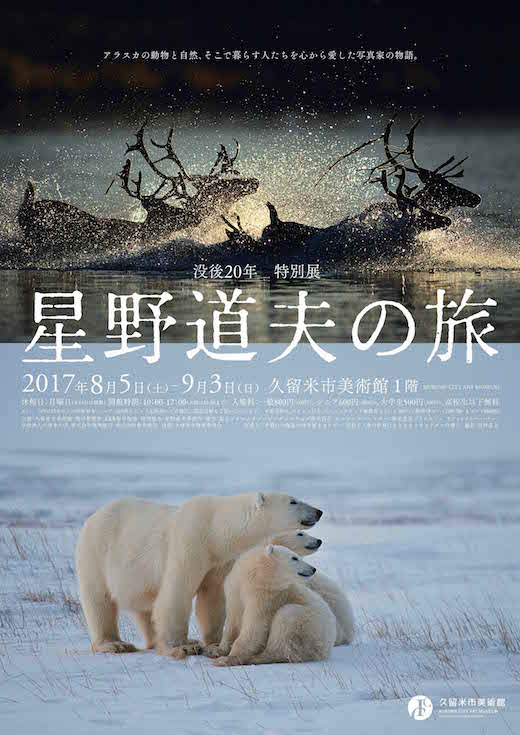
Hoshino Michio’s Journey2017.08.05(Sat) ‒ 2017.09.03(Sun)
- First Floor
The work by the photographer Hoshino Michio (1952-1996), who loved the nature and animals in Alaska most dearly, is looked back on through approximately 250 photographs.
It is twenty years since Hoshino died after having been attacked by a bear on the Kamchatka Peninsula in Russia in August 1996. His photographs have an emotional effect on us even today. This exhibition consists of five sections, His Encounter with Alaska, Masterpieces, Links with Life, The World of Mythology, and Hoshino Michio’s Room, through which not only the charm of his pictures of animals but how he fell under the charm of Alaska, what he undertook as a photographer, and the challenges and turmoil he experienced within are introduced. -
The 120th Anniversary of the Birth of Seiji Togo. A Retrospective of Togo's Depiction of Women.2017.11.23(Thu) ‒ 2018.02.04(Sun)
Seiji Togo (1897-1987) was from Kagoshima and based his artistic activities at the Nika Association. This exhibition focuses on his activities from the 1920s to the 1950s with emphasis on works and reference materials from the 1930s, which hitherto have not received so much attention.
At a time when the Japanese society was undergoing significant fluctuation, Togo experienced working on bookbinding, stage design, and murals for department stores and refined his representation of elegant and subtle female figures. Here, we shall take a look at both the above-mentioned projects and the paintings he submitted to exhibitions and while examining how they influenced one another, we shall trace the process from his early avant-garde style to the style that proved so popular after the war. -
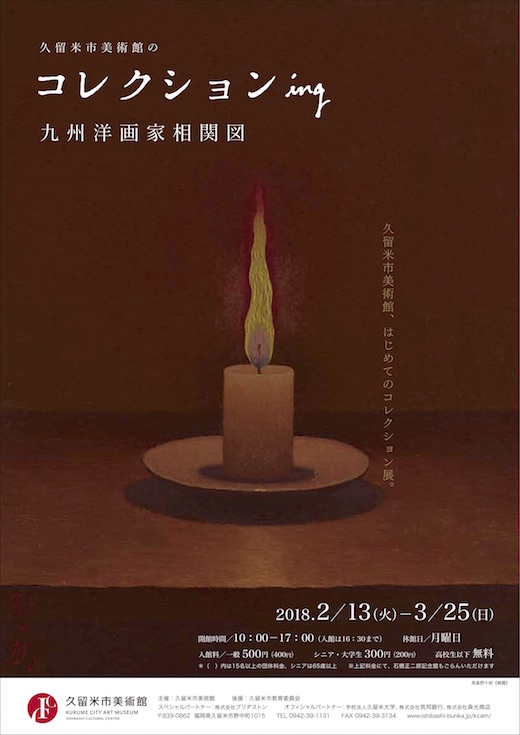
The Growing Collection of Kurume City Art Museum: Correlations among Western-style Painters from Kyushu2018.02.13.(Tue)-2018.03.25.(Sun)
Kurume City Art Museum opened on November 19, 2016. Aiming to build up a systematic collection of Western paintings by artists from Kyushu, the collecting of artworks is currently in progress. This is the first time since the opening of the museum that our collection will be displayed. Altogether 130 or so works comprised of works from the Kurume City Art Museum Collection and those on deposit from the Ishibashi Foundation Collection and other individuals are shown with focus on the relationship between the artists of Kyushu and with occasional episodes between such artists woven in. We hope it will prove an opportunity for you to come into contact with the true faces of the artists from Kyushu and deepen your understanding of the artists and their works.
